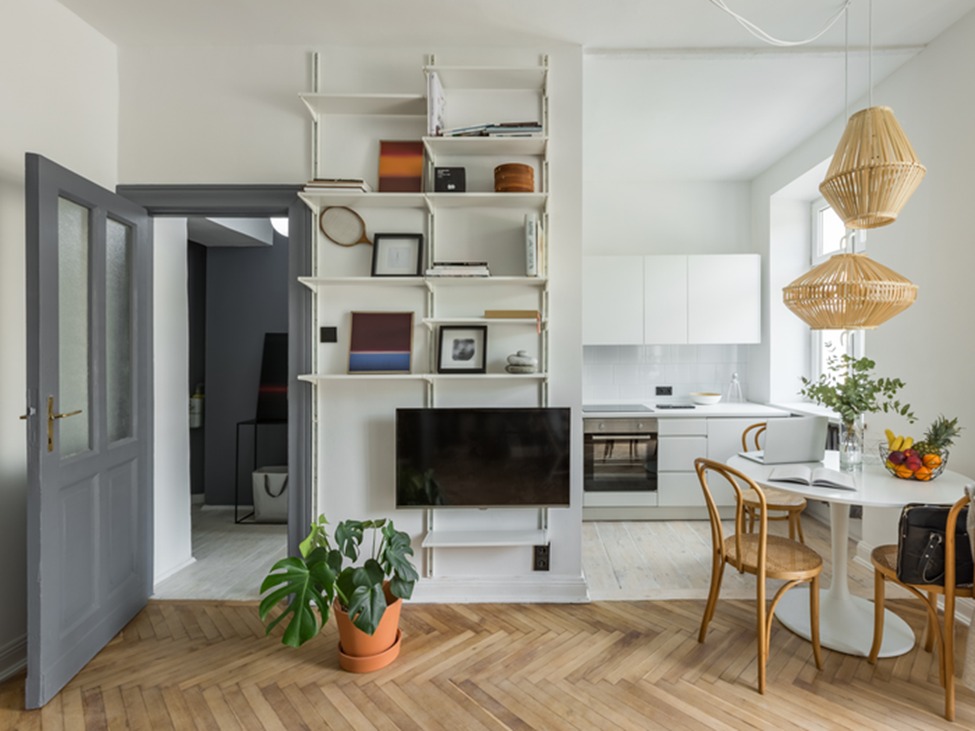Pioneering Sustainable Luxury: The Evolution of Interior Design towards Eco-Friendly Living

Pioneering Sustainable Luxury: The Evolution of Interior Design towards Eco-Friendly Living
Interior Design Trends Embrace Sustainability, Harmonizing Style with Environmental Consciousness
In today’s dynamic world, the landscape of interior design is experiencing a profound shift, with homeowners increasingly emphasizing eco-conscious living without compromising on luxury. This transformative approach is revolutionizing the realm of home furnishing, ushering in an era where opulence and sustainability seamlessly coexist.
Striking a Balance Between Luxury and Eco-Friendliness
In the quest to create sumptuous yet environmentally mindful living spaces, homeowners are navigating a delicate equilibrium. Smriti Choudhary, Brand Director at Cocoon Fine Rugs, advocates for utilizing natural fibres like pure silk and wool in rug making, ensuring both durability and alignment with eco-conscious principles. Choudhary advises against fibres prone to degradation over time, like bamboo and banana silk, advocating instead for PET yarns sourced from recycled PET bottles due to their resilience and suitability for outdoor use.
Innovative Approaches to Sustainable Home Furnishing
The transition towards sustainability transcends material selection, embracing innovative design methodologies. Manufacturers are venturing into novel avenues for sustainable home furnishing, experimenting with patterns, textures, and hues to craft visually striking yet eco-friendly pieces. Utilizing alternative materials such as reclaimed wood, bamboo, recycled plastics, and organic fabrics, designers are crafting stylish and functional furniture and décor items. Mono-materials, where both the face and backing of carpets consist of the same material, are gaining traction for their enhanced recyclability and reduced environmental impact.
Design Strategies for Environmentally Conscious Living
Anushka Ahuja, Co-Founder of Studio by Agni, underscores the significance of adopting eco-friendly processes to mitigate waste and environmental harm. Manufacturers are increasingly repurposing materials like yarn dyes, water, yarn residues, cardboard cones, and pallets, significantly reducing wastage. Incorporating reclaimed wood, bamboo, recycled plastics, and organic fabrics into furniture and décor items promotes sustainability while infusing living spaces with rustic allure.
Manufacturing Practices: Fostering Sustainability and Waste Reduction
By integrating eco-friendly materials and production processes, the home furnishing industry is reshaping contemporary living. Stylish and practical solutions are emerging, elevating aesthetics while championing environmental stewardship. Manufacturers are embracing sustainable practices, including leveraging renewable energy sources and implementing waste reduction measures, to minimize their ecological footprint and contribute positively to the planet.
Impacts on Modern Living Spaces
As eco-conscious living takes precedence in interior design, modern living spaces undergo a significant metamorphosis. Homeowners are embracing sustainable design principles, gravitating towards furniture and décor crafted from eco-friendly materials and manufactured using environmentally responsible methods. The outcome is a seamless fusion of luxury, elegance, and sustainability, enhancing living environments while embodying a commitment to a greener future.
Designers and consumers alike are embracing “biophilic design” principles, reconnecting with nature through natural elements, foliage, and abundant natural light. By prioritizing sustainability and mindful living, interior design not only enhances the aesthetics of living spaces but also contributes to a healthier, more sustainable planet.








